 In a 10-team Premier League, quality will be more important than quantity, says an insider. Photo: David Rogers/Getty Image
In a 10-team Premier League, quality will be more important than quantity, says an insider. Photo: David Rogers/Getty Image
It's remarkable that it hasn't even been two years since the Rugby Union voted to expand the Premier League to 14 clubs.
Historic Governing Council vote body at the end of June 2021 confirmed what was called the «Post-Covid Recovery Plan», including the suspension of promotions and relegations for the 2023-24 season.
The RFU said it hoped the structural changes would «enhance the financial stability and sustainability of professional rugby». over the next three seasons, and will also benefit England and the game community.»
Then the sad demise of the Wasps and Worcester Warriors earlier this season reduced the league to 11 clubs, with many expecting that figure to drop to 10 next week unless the American consortium trying to buy the London Irish can pull off the approved takeover by the deadline. established by the RFS. Tuesday.
If the London Irish do go bust, the 10-team premier league plans will be expedited for approval by the same RFU board next month that 14 was approved 24 months ago.
And yet, while no one wanted to get to this point in such a horrendous and costly way, a 10-team league is now seen as the optimal league size. This would be true even if the Wasps, Worcester and London Irish were in dire financial straits and Ealing and Jersey owned stadiums with a capacity of over 10,000.
The premier league has long believed that a league with 13 teams cannot work. Photo: Aaron Chown/PA Wire
There is an unfair perception that Premier League Rugby is secretly happy to see the Wasps and Worcester (and possibly the London Irish) go to the wall because it could speed up these plans to shrink the league up to 10 teams per season.
What remains to be fully explained is how and why this abbreviated format is now seen as the league structure that will breathe life into the English club game when a 14-team league was heralded as the way forward less than two years ago.
This journey began in February 2022. Simon Massey-Taylor, who was named the new chief executive of Prem Rugby the previous month, was tasked with developing a new strategic plan for the league.
Together with Martin Phillips, new chairman of Prem Rugby and former chief executive of the Welsh Rugby Union, the pair began to ask fundamental, even existential questions.
Was the «product» could have been improved to make it better, or was the model broken? and was not repairable or repairable? The answer was clear. The ability to revive the league with a pair of defibrillator electrodes is unlikely to be successful.
A lot of work was done in the coming months, and invariably the answer came back that the 13-team league (as it was back then) just didn't work.
There were too many games that overlapped with international matches; clubs did not see enough of their English players, the players were probably playing too much rugby which increased the risk of injury; Fans were frustrated that they didn't see their Testa stars in action for their clubs, and even when they did, they weren't at times «the best version of themselves» for key games.
The decision to cut the league to 10 clubs will instantly eliminate the duplication between the Premier League and international test windows, increasing the number of games that England stars will have available for their clubs.
'We will finally play less rugby& # 39;
As one insider close to the strategic review put it, this “will prioritize quality over quantity. We will be the only league in the world that says 'Finally we will play less rugby'
“If you have 10 teams, chances are you have a concentration of players and coaches in those 10 teams. These should be quality games. These games should be well attended, their broadcasts will be very interesting from the point of view of the fans, you will not have to choose between international games and premier league games.
“Then there is this side of the player's well-being, you can build the right load around the game and recovery, and perhaps most importantly, you remove the conflict from the system. Instead of fighting for players and attention between club and country, we can move forward and develop the game together in an agreed season.”
The status quo is not working: it’s time to act drastically
If the financial turmoil of the last 12 months is what Something that has been proven is that the status quo doesn't work, which highlights the need to try something radical.
However, one of the biggest stumbling blocks has been convincing clubs that it is in their best interest to forego a number of home matches that remain vital in terms of revenue for Premier League clubs.
Losing three home games would likely be worth around £1m in lost profits and while a 10-team league would mean clubs would receive more central funding from the RFU, this would be a marginal figure. The centerpiece of his strategy is to ensure that the international game doesn't creep anymore, short of calls for a fourth test match in the November window for a plan for a new world league that will feature a «grand final» between the northern and southern hemispheres every two years. years.'
«We are committed to convincing broadcasters, sponsors and fans that when you come to our games, it will be really good games with really good players participating in difficult competitions,” the source added.
“Also, with a greater concentration of players whose workload is being monitored, clubs should be more competitive in European/Champions Cup competitions and possibly the Club World Cup.
'It's a tough game, but we'll get through it. work'
«People say the game is having problems, but my point is that even though the game is having problems, we think it can be made to work, and I think it will now.»
Massey-Taylor and Phillips were able to win the argument thanks to a new 10-team transition strategy approved at the Prem Rugby board meeting last May, long before the financial conflict that will overwhelm the Wasps and Worcester later this year. .
The overhaul shouldn't stop at league structure. It is understood that the minimum standard criteria will also need to be rewritten to set the standard a club must perform on and off the pitch to be a premier league club outside of a 10,000-capacity stadium. A sports commission and rules for financial sustainability should be created.
«If you're going to be a Premier League club, you need a competitive squad, a great coaching team, a really good matchday fan experience, be financially sustainable and have a social media following,» the insider added.
&# 39;If you support the club, you can look forward to a truly premium experience'
«Essentially what you're saying is that if you're a fan of this club, you can look forward to a really first class experience and we're going to be very disciplined in making sure we have that.»
What, what's interesting , does not close the doors for either promotion or demotion. Both Prem Rugby and RFU agree on the need for a strong second tier, likely to be renamed Prem 2, and a transition to a «franchise system». it would be possible.
«We need general criteria for what it takes to become a Premier League club, and then if the club wins on the field, then they come out,» the insider added. “But obviously we are not as stable as we should be, so we need to stabilize first, and this in turn will attract new investment.”
The match schedule will also be revised to ensure a small number of matches the big game and local derbies coordinated to improve the narrative of the season, while a relief fund should be set up to help players who may lose their jobs during the transition.
«We don't have magic wands , but in a couple of years we will be much better,” he added











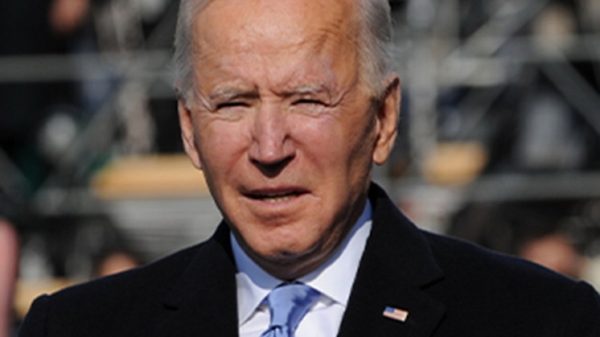
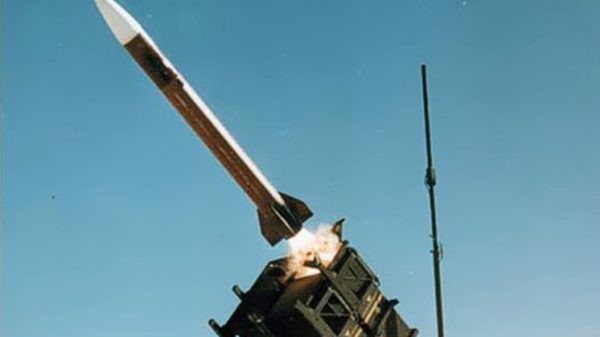





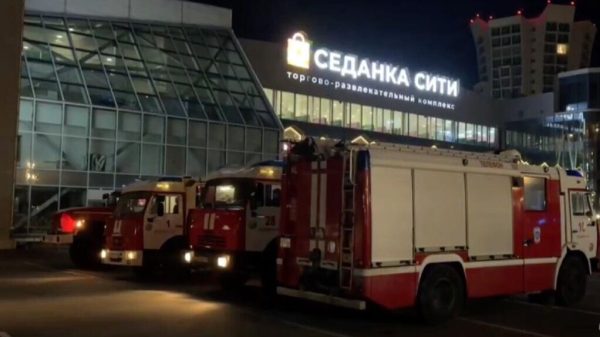
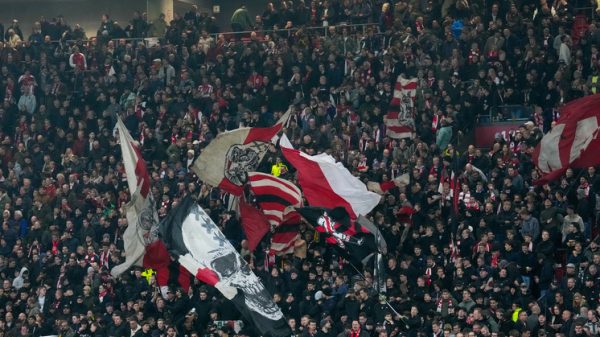
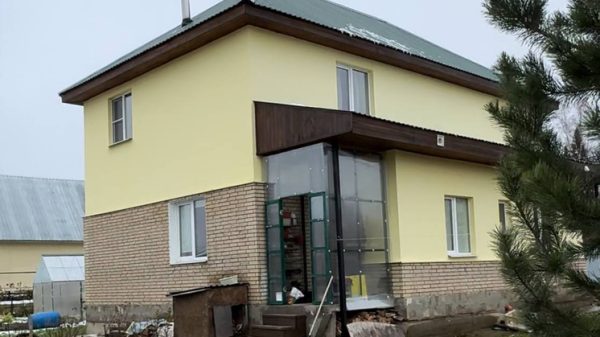








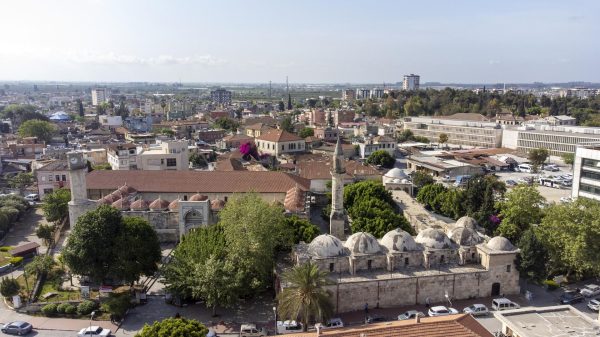



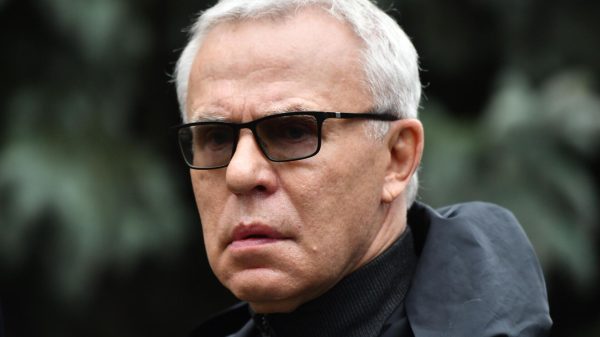
























Свежие комментарии